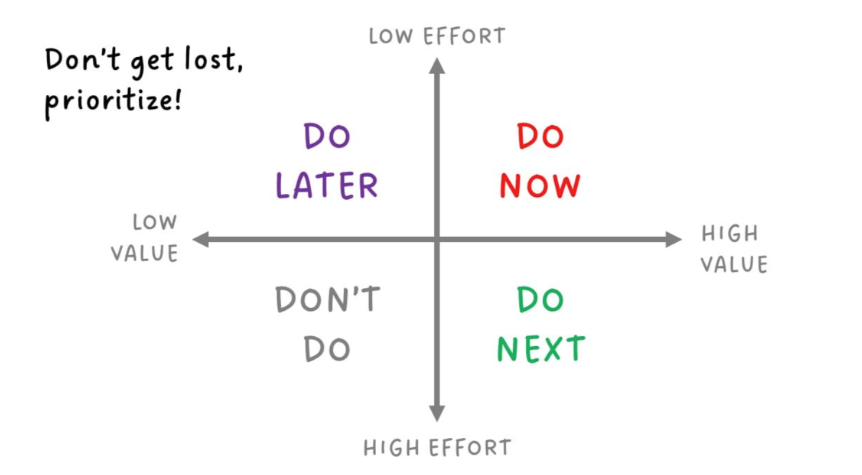Testing
Overview
Testing ensures that all parts of the ML application work correctly, including database communication, authentication, and logging.
Unit Testing
Unit tests checks individual functions or components. They should be reliable and independent of changing development environments.
- Runs fast after small code changes
- Focus on isolated units, no external dependencies
- Runs in a test environment, keeps development stable
Example: Function to test:
def add_numbers(a, b):
return a + b
Unit test:
import pytest
from app import add_numbers
def test_add_numbers():
assert add_numbers(2, 3) == 5
assert add_numbers(-1, 1) == 0
assert add_numbers(0, 0) == 0
pytest.main()
Expected output:
3 passed in 0.01s
Integration Testing
Integration Testing ensures the different components work together.
- Tests API and database interactions – Verifies real-world connections
- Uses a staging environment – Matches production setup
- Includes smoke tests – Ensures the app starts without errors
The staging environment should replicate production as closely as possible, including database versions and representative data (partial copy of production data).
Load and Stress Testing
Checks system performance under different loads.
- Load testing – Simulates expected usage
- Stress testing – Pushes beyond normal limits
These tests help identify system bottlenecks and improve stability.
User Acceptance Testing (UAT)
Final testing by real users.
- Verifies usability – Ensures functionality meets expectations
- Approves for production – Confirms system readiness
Only after successful UAT should the application be deployed.
Testing Strategy
Trying to test every possible edge case can be inefficient. Focus on the most critical parts of your application and prioritize testing them first.
- Prioritize critical components
- Focus on high-impact areas
- Avoid unnecessary complexity
